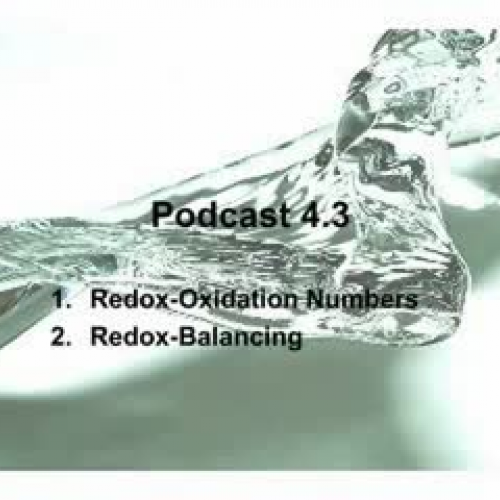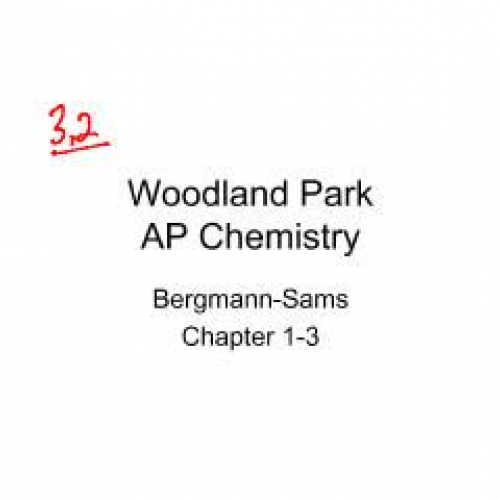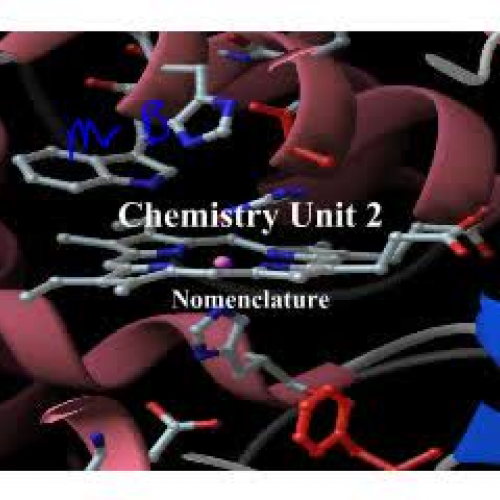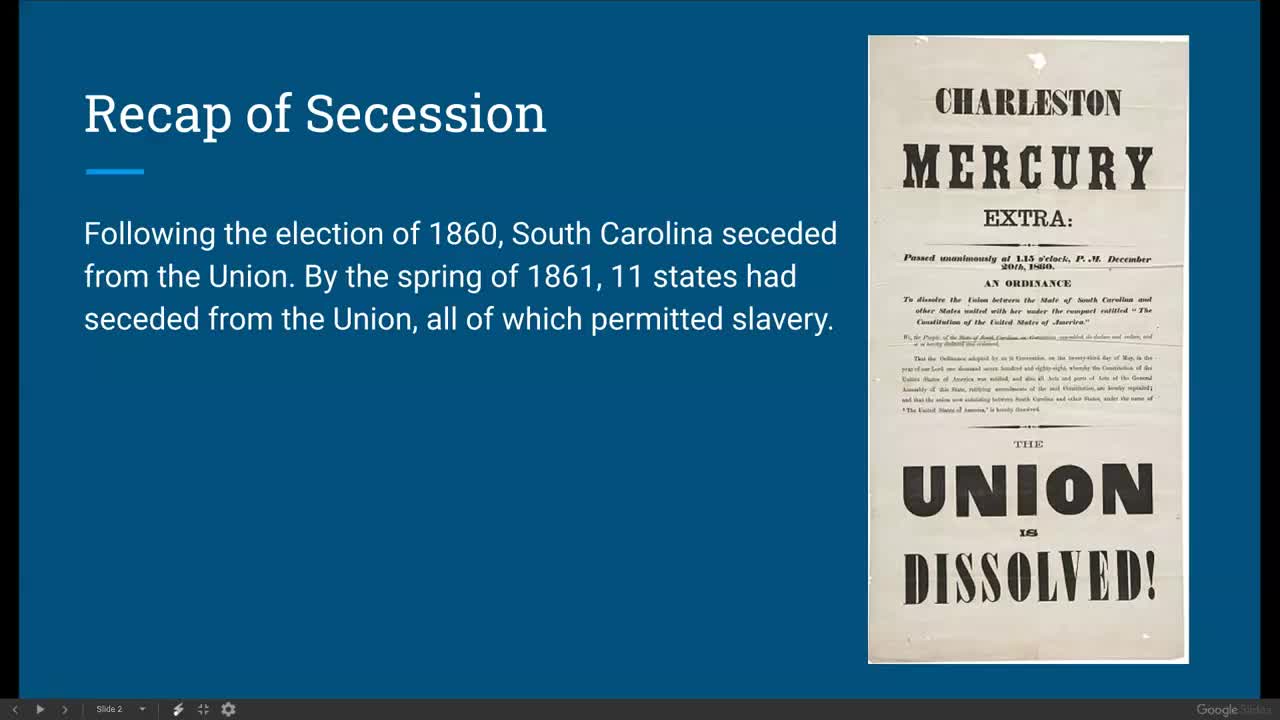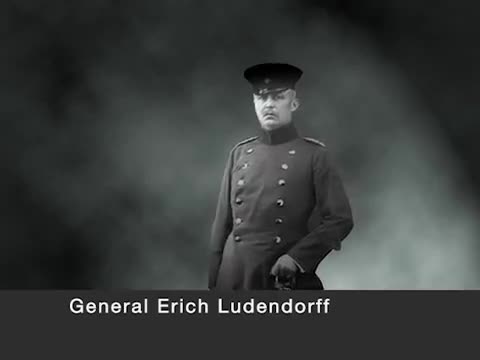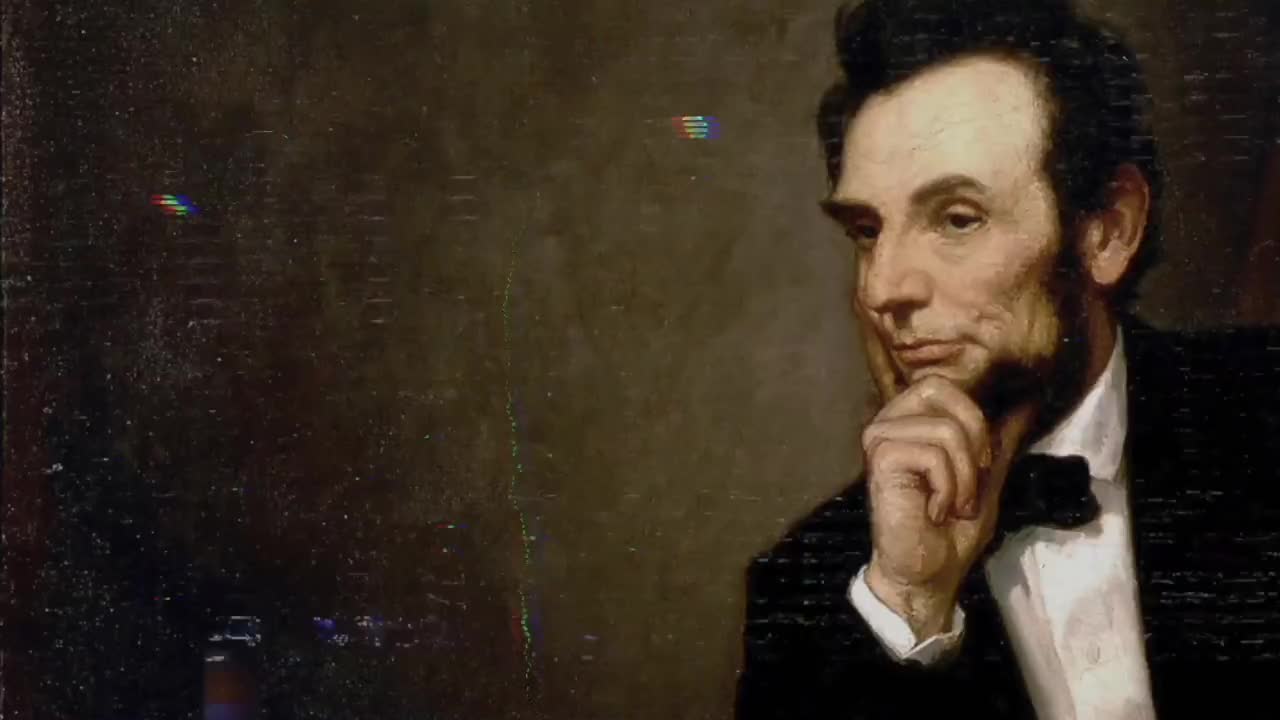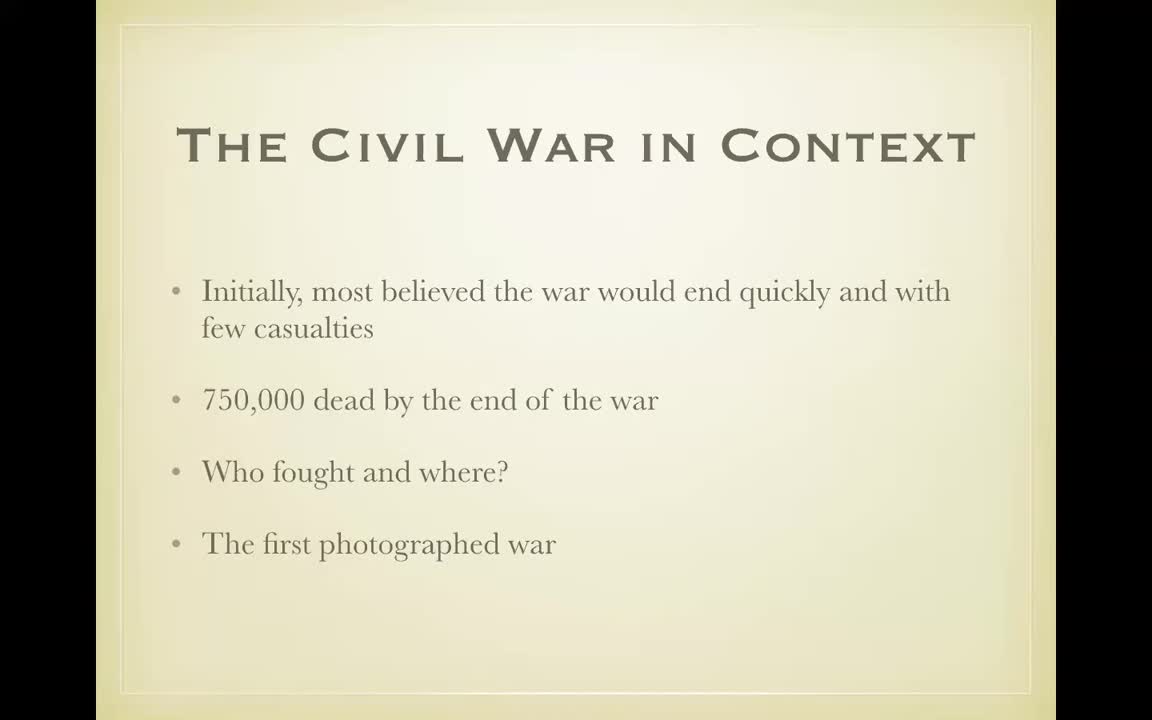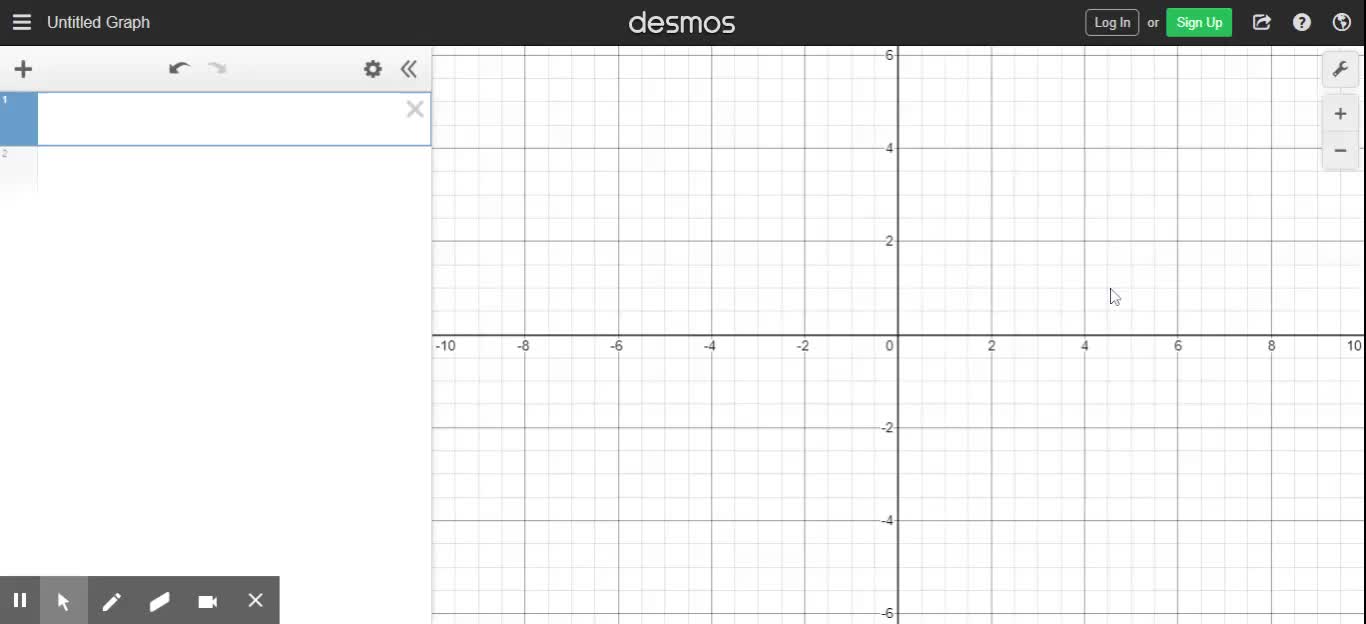WPHS AP Chemistry Podcast 3.2
High School / History / Podcasts
Well, welcome to the podcast. This is podcast 3.2 in AP chemistry. Where today we're going to do is we want to cover empirical and molecular formulas, although last time, if you've been following, I kind of neglected to tell you about percent error. It's not a big deal. So we better talk about that real quickly here it is right here percent error. So I forgot it last time. No big deal. If you have a particular experiment and you measure something, let's say that you're trying to find the molar mass of something. You find a more mass of a butane in an experiment you find at the molar mass of butane is 52. Grams per mole. This is from the experiment right here. This is experimental value. And if you look it up on a periodic table or whatever you would find that the actual molar mass is 58 grams per mole. So what is your percent error? So essentially what you do is take your observed value, which is 52, and you subtract 58. And you divide it by 58. You do have to kind of like put parentheses around this. And then you times that by a hundred. Now, by the way, this will give you a negative answer. Negative answer means your number is low. So it takes 52, -58. I get negative 6, of course, then divided by 58, and my calculator tells me that I get .103, or I just say that it's going to be negative ten point three percent. So it's pretty simple. So you can't have a negative number. Some people teach that you can actually take an absolute value right here. That's kind of a call. It depends on the sort of the professor. So if you get into college and they say absolute value, and then you get in the absolute percent error as opposed to the total percentage. And so big deal. I prefer and we'd like to teach here the negative just means your number is low because if your number had been like 60 or something like that, then you could have had a positive percentage. Now, big topic today, though, is you want to talk about empirical formulas. How do you calculate empirical form is in there? Some very complex problems that we're going to kind of get into probably the hardest, definitely the hardest part of chapter three. We're going to cover today. So kind of as we get later, you'll see it's important. So you remember this from last year, there's a little thing we like to say here with a park or symptomatic mold divided by small times to hold. And that's the key phrase here. If you can do this, then you can figure out the different chemicals. So here we have a hard to see on my screen here hopefully I can see it. If I've got ten SN and it's 52.8%, so I'm going to quickly convert that to grams of 52.8 grams, and then I want to convert that to a moles. So I'll say grams of ten, one mole of ten. So I want to look up the molar mass of ten on the periodic table and hold onto my pause and look it up because that's not lined off top of my head. Okay. I just want to 118. I'm doing this on my back porch here in my at my wonderful abode here and with the bark 52.8 divided by 118. And I get 40 or 0.44 7 moles. And iron that with 12.4% to 12.4 grams, I do know this is 56 grams in one mole. So how many more have I got to take 12.4 divided by 6? I get .221. Now one thing I quickly noted here is that that's twice as much as that. And then I get carbon and carbon is looks like 16% to 16 grams. 2012 grams in one mole. So 16 divided by 12. Gives me 1.333. And then I've got nitrogen. At 18.8 grams. Put that over here. I like to do this kind of long form, but I ran out of space. So divide by 14, I get 1.34. And I notice this is the same number. So these are all moles. So now you divide by small, the smallest number is the .2 to one number. I .221 .221 .221. Now my math usually said that this number is one. I can see very quickly this is two. And 1.33 divided by .221. I believe you get a nice whole number. I get 6 here. And this is pretty close enough. We'll call that 6. So there's one ten. So this is the S in one. You have to put the one there. I will just FE pardon me. This will be two. SN two, FE, it'll be C 6 in 6. Actually, so there you go. That's the formula empirical formula for this particular compound. You probably remember this from last year, so this should not be difficult to see this. Now, that's an easy problem. Significantly harder. And so you're going to see them kind of ramp up here. Now let's talk brief molecular formula. Molecular phone is our the actual formulas. Not just the simplest ratio. See, that last one right there in the previous problem that we just saw, it had the actual form of the ratio, let me kind of use an example here. For example, you could when you do the math percent of mass mass and we'll divide by small times to hold, you could get a formula like CH, for example. But CH does not exist. But there is a chemical such that has the same empirical form. It is C 6 H 6. This is called benzene. It's very important. Mechanical in the world. And benzene notice that you are reduced the fraction of the 6 to 6 would become CH. This right here, the CH is the empirical formula, so it's the simplest ratio. This is the molecular formula, or we're going to call it the actual formula. Now, how would you know to go from here and how would you know to multiply essentially by 6? Well, you would need to know the molar mass of this. The more mass of C 8 course would be 13, 12 plus one. And this, of course, would be 13 times 6. So if you knew that this was whatever third what is 13 times 6, 13 times 6, I'm like calculator. If you knew that you had a more massive 78, you could take 78 divided by 13 because you would know this CH, you say that you say, oh, I need to multiply by 6. So that's how it's done. So let's do this example down here. And I'm going to make a full screen here. I'm a big jump back and forth a little bit, but that's all right. So I've got sodium at 22.5% by do this here. I'm going to create a full page though, sodium, and it's 22.5 grams. Okay. And then I have a phosphorus at 30.4. So phosphorus at 30.4 notice I'm quickly converting to grams because that makes it a lot easier. The oxygen is 47.1, so the oxygen is 47.1 grams, and I believe there is one more chemical. Oh no, and then we know that the molar mass is three O 6. Let me put that up here. And then I can solve this problem. Percent to mass, I did that mass to mole, either is 23 grams in one mole of sodium. So 22.5 divided by 23, we've got one, isn't it? .9780 .978. You don't need to worry about significant digits too much here. There's 31 grams in one mole risk. If you don't know this, you may have to look this up on a periodic table, of course. Somehow over the years have memorized many of these, except for ten, I guess, from the last one. That's also .981. That's pretty close. I'm going to pretty happy with that. Oxygen we got 16 grams in one mole. And I get 47.1. Divide by 16, which I'm typing into my calculator and I get 2.94. So this is just an empirical formula problem divide by small .978 that of course would be one divided by .978 and that's going to be one and .978. I'm going to guess that's three. 2.94 divided by .978 and I get three. So my formula is in a P O three. Now this is the empirical formula, right? And the molar mass is 306. So what do I do with that? Well, let's add this up. Sodium waste 23 plus phosphorus waste 31 plus oxygen is 16 times three. So 23 plus 31 plus 16 times three gives me a 102. So this adds up to 102 grams per mole. For the actual is three O 6. Well, hopefully you can see a 102 times what is three O 6 and of course that's a three. You could divide if you don't quite see it, but that's an easy one, I think. So that means that the actual formula is not in a PO three, we need three of these. If we times that by three, what do we get? We get in a three P three O 9, or I don't know if you can see this. Three. In a three PO three, three. Sodium phosphate, if you remember the naming. So that's how you do the more complex ones. They can get more difficult. So we appear that was kind of tough one. And it gets harder here. Now here we get a bit of a different type of a problem. We call these combustion problems. We're going to take a compound and we're going to burn combustion. We're going to burn it, okay? And so we have many homes, but he by propane gas compound gains only carbon and hydrogen, complete combustion yields this and then you get a bunch of numbers, find the empirical formula of the propane. Again, I think I like the blank sheet. You're going to just write underneath course. Now all we know about propane is that it contains carbon and hydrogen. Now we don't know these numbers. Call them in and X or something. We don't know what that is. But if we're going to combust it, remember combustion problems from last year, you react them with oxygen, which is O2. And it forms CO2 and H2O. What we're trying to do is figure out what is the formula of this chemical. Now, we were given some numbers here and what were the numbers. We had 2.641 grams of carbon dioxide was produced. 2.641. So this is 2.641 grams. All right, we're going to get all our numbers down here. And then we had 1.4 four two grams of water. 1.44 two grams of water. The question is, what is the formula of this? Now, this is actually kind of a combo problem. We're going to do a percent composition. That's a really easy problem. And then we're going to do an empirical formula problem. It's kind of a combo problem. Let me talk about this. You say, wait a second. We don't know anything about the propane, but we have this carbon dioxide and I want you to kind of think through this. This is kind of hard to understand, but the carbon right here that is here is in propane is completely converted into carbon in the carbon dioxide. 100% of the carbon is in the carbon dioxide that was in the propane. So if I can figure out how much carbon is in carbon dioxide, then I can figure out how much carbon is in propane. And then I know my mass, and then I can do an empirical formula problem. So watch how I do this. This is a little tricky. It's real simple though. If I do my carbon, I know there's 2.6 four one grams of carbon dioxide. I'm going to do a dimensionally. Now I'm going to use the molar mass of carbon dioxide, the molar mass of CO2 is 44 grams of CO2. Now I'm not going to say to one mole. Now watch this. That compares to 12 grams of carbon. So in carbon, dioxide, there's 44 grams. The carbon in the carbon dioxide is 12 grams. And if you notice where the grams of the carbon dioxide cancel and I'm left with the grams of the carbon. So if I get my calculator here, 2.6 four one divided or times for me times 12 divided by 44, I get .72 one. 0.721 grams of carbon. That's the grams of the carbon in the carbon dioxide, but more importantly, it is the grams of the carbon in the propane. Now the same concept works with the hydrogen, you see the hydrogen that's in the propane is completely converted into hydrogen in the water. So I can do the exact type thing. So for the hydrogen, I can say there is 1.442 grams of water now. That's the water. And then I can convert that. I can say there are grams of water. Now this is the more massive water which of course is 18. And then the grams of hydrogen, not H two, but H and M two because of course, hydrogen up here has two H two. Oh, right? And then, of course, the grams of the water will cancel and so I'm going to take 1.442 times two divided by 18 yields .16 zero grams of hydrogen. Now remember percent the mass, mass to mole, divide by small times to hold. Well, we've got the mass. So now I can convert to mole. There's 12 grams in one mole. Hydrogens, of course, the easiest of them all, one gram in one mole. Don't even need a calculator point row. Zero. So .721 divided by 12, doing the carbon one right now. In this one, I get 0.0 6 zero divide by small. That will be the small will be the 0.060. 0.060. This, of course, is one. And .16 divided by .06, I think 2.67. Okay, this is good. 2.67. Wait a second. What do I do? I've got one in 2.67. Well, if you've got your carbon and this is your hydrogen, and this is one, this is 2.67. Remember, if you times still whole, 6, 7 is like two thirds. So I'm going to times by three, so the carbon becomes three. And then the hydrogen becomes 2.67 times three is 8, so it's C three, H 8. And that's the answer. Now, do you see the key thing here? Is this these two steps are the steps everybody struggles with because what they need to do is see this process right here where you get 12 grams 8 and 44 grams, et cetera. That is the step everyone raffles with. So kind of pay attention. This is sort of the new step right here. Okay? Let's do another one. Even actually is a little in the last one. Because we're going to throw in some oxygen. We have galactose galactose, I actually use when I do some training, galactose, a lot of triathletes like this stuff. Anyways, long story short, we've got galactose, that's misspelled there, is completely burned when it produces this knee grams of carbon dioxide distributions of water. We did it. Now the thing about galactose and it may not say it in the problem, I probably should have been more it's not a CH compound. It's a CHO compound. So we don't know is it C three H 5 O two? Or is it C 8 H 7 O ten? Who knows? We're going to have to figure that out. So that's the problem. So I'm going to make a brand new screen. Don't write those down below. So what we're going to do here is we're going to write the problem. You've got a reaction. It's a Cho compound. Let's call that X, Y, and Z or something if you'd like. Plus oxygen and it's going to make CO2 plus H2O. Now what are our numbers? We go back and we grab our numbers here. We have all right, we're given the galactose 2.315 grams. So that's 2.315 grams. Good. And we have 3.953 grams of CO2. 3.953 grams. And then the water is 1.389. 1.389. They also gave us a molar mass. We know the molar mass is between one 72 and one 86. What kind of that number at the end? Because it's a molecular problem. So I had to do the carbon and then the hydrogen in the oxygen. So do the carbon. We're going to look at the carbon dioxide kind of ignored this for a minute. You'll see why I use that in just a little bit. So I'm going to do just like I did in the last round. 3.9 5 three grams of carbon. And then dimensionally, there's 44 carbon dioxide, sorry. That's a CO2 44 grams of CO2. And then 12 grams of carbon because I want to get the carbon. So 3.953 times 12 divided by 44 gives me 1.0 7 8 grams of carbon. Probably just say 1.08 grams of carbon. All right. Now for my hydrogen, it's the same exact step, a little different numbers, 1.389 grams of water. And then I'll put 18 grams of water in one mole of water. Hold on. Two grams of hydrogen. I'm not following my own steps. 1.389 times two divided by 18 gives me zero point one 5. Grams of hydrogen. Now how do I get the oxygen? Now hopefully you realize that the problem with the oxygen is this oxygen in the Cho compound, the galactose, oxygen in just the year that's burning. So you can't do that same process. There's oxygen in the carbon dioxide in the water. But the beauty is, as I know the carbon and the hydrogen, and then the Cho compound, I know it's total mass. So it's just going to be 2.315 minus 1.06 plus .15. It's the sum because whatever is left over is the oxygen. So 2.315 -1.06 -.15. And I get 1.105. Now, that is the mass percent of mass mass to moles. So let's do the mass to all. Now we've got our mass. Now we divide that by 12. We'll divide that by one. One gram and one mole grams in one mole. That's an easy one. .15. All right. One .06. That is a 6 divided by 12. 0.08 8 three moles. And this is oxygen so that's 16 grams, one mole. And you get 1.105 divided by 16 gives me 0.0 .06 9 one moles. Okay, smallest number is .06. So the oxygen .0691 that will be a one .0691 zero 6 6 9 one. I don't know what these are so .15 divided by .0691 gives me 2.17. Did I do this wrong 2.17? Okay, what I did wrong .08 8 three divided by .0691 gives me 1.27. Oh lord, what did I do wrong? You see what I have an issue here and the issue is is that I have some numbers that I'm looking for like a 1.3 three number. Did I write down the wrong numbers 3.953 3.9531 .389 I did that right and then 2.315 2.315. Okay, bear with any children here. I'm trying to figure this out. I do a math type 3.953 times 12 divided by 44. I'm checking the numbers. I get 1.0 7 8. This is 1.0 7 8. You divide that by 12, you get .0898. That's not a huge dip 9 8. 8, 9, 8. This next one, a better check. One point three 8 9 times two divided by 18 .154. You need sometimes you need to keep these extra digits. So. And then so let's do that. That's going to change this to 1.078. And this is going to be 0.154. So 2.315 -1.078 -.154 gives me 1.083. That's a lot of difference. One zero 8 three because this is the one we're dividing by. So that's the one that makes everything .060 yeah. 7 7. I better switch colors .0677. 6, 7, 7. Hopefully you're following. This is getting a little bit confusing .89 .898. Divided by .0677. I'm doing the curtain right now. Okay to do that right. .0898 .898 divided by .06 7 7 gives me 1.33. I am much happier now. All right, this number is 1.33. .154 divided by .0677 gives me. Two point three. Probably combined by three. It's 2.3 and this is one. All right. So now what's my, I need to multiply by three. I've got 1.33 carbons. I'm going to get a new page. This is getting carbon is 1.33. Hydrogen and oxygen, hydrogen one, hydrogen was what was it? It was I'd like to have a little noiser waiting to see the screen. It was 2.3 and one. Okay. So this next number was 2.3 and this is one. So we're going to times everything by three. So 1.33 times three is four, 2.3 times four is two four is a 6.7 and this will be three. So it is C four, H 7 O three. Now this is still the empirical formula. So what is the empirical mass? I can do them 12 times four. Plus 7 plus 16 times three. So if calculated 12 times four plus 7 plus 16 times three gives me 103. Now they gave us the molar mass. They gave us a range of molar masses. They said 172 to 186. So it's a 172 to a 186. So if we double this, we get two O 6. All right, I made a mistake. I've shown you the right way to do it, but there must be a mistake, multi I'd say we had to multiply by two, but then we get two O 6, which is not in this range. So hopefully you get the idea. So we probably would say it's C 8 H 1406, but that's not really right. I'll tell you what, extra credit if you can figure out what I did wrong with the problem. It could be the problem was written wrong. I got it out of the book or something like that. And it seemed like a pretty reasonable one. But it obviously is more difficult. It could be I could have transposed the numbers when I copied it or something of that nature. Okay. Now, let's just take a look at kind of the ugly Mongo problem here. Okay? This is actually a combo problem that was found in 8 because a number of years ago. And hopefully you got a lot of space to answer this one. It's got an ABC and D and vapor densities and all kinds of weird stuff. Now, that sounds like a big fancy word vapor density. You've got three compounds. X, Y, and Z and they all contain the element Q, the percent by weight of element Q in each compound is given. We've got some numbers here. We don't know the molecular weight of X, but we knew that molecular Y and we know the muscle of the Z this is the vapor density of compound X at 27°C and 7 50 was determined to be per liter. Calculate the molecular weight of compound X now to do part a and this is bringing back when you see a question like this. There's a lot more here, but we're going to bring back a lot of things that we've learned. If you see a pressure and you see a temperature, most likely you're going to be using the equation PV equals NRT. Now they said vapor density, but density, if you remember density is mass divided by volume. And if you look at here, we've got moles and we've got volume, so we can probably kind of figure it out. We don't know too much about this, but we know the grams per liter. We can calculate the molecular weight of the compound X, okay? Now, if I've got 3.53 grams per one liter, then my volume would be one liter. And this is my gram. See what I want is, I want to find them all mass. The molar mass is the grams divided by the moles. So in this case, it's going to be 3.53 grams divided by so many moles. The moles for a negative get from using the equation PV equals NRT. So let's go ahead and do that. So our pressure is 750 torr. They say millimeter, same thing, divide that by 7 60, because we can get it in the appropriate unit. So 7 50 divided by .9 in it. I get .987 9. 9 8 7 ATM. That temperature is 27°. You add two 73 to gaap and you get 300 Kelvin. The volume we're going to assume is one liter that seems to make the most sense. And we can solve for Ken. So I can take .987. That's P times one liter is equal to N or if you don't remember 8 to one times 300. All right, so then you divide both sides by point by .0821 and 300. And that will give you in. So .987 divided by .082 two one divided by 300 gives you a very small number of moles. I get in to be 0.04 hundred moles. Now run out of space here, but this is my number. I'm going to plug this in right here. So .4 zero 400. So 3.53 divided by .04 and I get 88.25. So the answer to a is 88.25 grams per mole. Oh, but did that right? All right. That's all it is for a, B determine the mass of element Q contained in one mole of each of the three compounds. Now part B, I think is one of the most difficult questions I have seen in a long time. Because it actually requires kind of an intuitive leap, okay? You've got chemical effects. Chemical Y chemical Z now, what we know about X, Y, and Z is that the percent of X is 64.8. So Q is 64.8. This is the Q percent and we know now he is a molar mass of 80 something, but we just figure out 88.2, so his molar mass is 88 grams per mole. Now why is 73 and one O four? So he is 73% and one O four, and Z is 59.3 and 64. 59.3% and 64. So how do you figure out how much so Q is in each? So if you were to take 64% times 88, you will know the mass of Q, but there could be multiples. So it takes 64.8 on my calculator 64 or .64 because it's a percentage. .648 times 88, then we know it's 57% or 57 grams of Q is an element X and if I take the same thing .73 times a 104, I get 70 6 here, just multiplying these right as a percentage .593 times 64 and I get 38. Now this is all Q so if you look at these, you need to figure out what I can do is it's like it's kind of like an empirical formula I can divide by the small if I divide by 38 for both all of them, what you'll see here of course 38 divided by 30 is one. This is one and a half. I mean, this is two. And this is one and a half. So what you need to do is you multiply this by two, and you get three, four, and two. Which means if we divide 57 by three, because that means there are three cues, three, X, X is a compound. So three Q's in every X there are two Q's. So what you do is you just divide 38 by two. 38 divided by two is 19. Or if you take 57, divided by three, it's 19, and if you take. Whatever it is. 57 divided by three are four, 76, divided by four, you get 19. So the molar mass of Q is 19. And if you look on the periodic table, that would be fluorine. So it's a little bit tricky on how that is done is not. I think it's so that's the answer to B it's a bugger, I think, is they're asking you to determine the mass and therefore we now know that element. Q is fluorine. Now, calculate the most probable value of element Q that's part C. We actually the mass, actually, let me back up. I just did B, NCB, the mass of each, of course, is 57, 76 and 38. And then this is the answer to part C thinking through that one. And then compound Z contains carbon, hydrogen and element Q, which we know to be fluorine. When one gram of Z is oxidized. And all the carbon in hydrogen are converted to oxides, 1.37. All right, this is going to be one of our Cho problems. Okay. So we've got compound compound Z have it. Compound Z has carbon, hydrogen and fluorine. And somehow it turns, they don't get into too many details in the carbon dioxide and water. We don't need to worry about the fluorine, essentially. So let's take a look at our numbers here. We have 1.37 grams of carbon dioxide. So this is 1.37 grams. We're going to get this one right. I hope. And then the water is .281 grams. 0.281 grams, and then they must give us one more number. I'm guessing. When one gram of element Z that's what I needed. This is element Z right here. We have one gram of it. Now, let's do our stuff here. All right. So to do our carbon, and then some issues here. We're going to take 1.37 grams and we're going to do 12 grams of carbon and 44 grams of carbon dioxide, and so 1.37 times 12 divided by 44 yields .374 moles. No, grams of carbon. The hydrogen, this process we've seen a little bit before. .281 grams, and there's going to be two grams of hydrogen and 18 grams of water. So .281 times two divided by 18 gives me 0.0 three one two grams of hydrogen. How much fluorine do you have or element Q if you want to call it? You're going to have one gram -.374 grams -.0303 one two grams and you get so one minus .374 -.0312 gives me 0.59 M's of fluorine. Now of course we have grams. So now we can divide by small or convert to moles to buy by 12 grams per mole divided by one. This is easy .0312. This will be divided by 19. Well, if you have, if you don't get that first question wrong, then you don't get that 19 and this problem becomes almost impossible. This is 0.0312. That's good. .59. 5 divided by 19 gives me point zero three one three. Well, guess what? Divide by small. These are all the same number. Three one three. It's a one. To one to one. So it is simply C, H, F now that's the empirical formula. I'm just having a guest I didn't check. Are they asking for the molecular formula? Let's just go back and check the question just for grins. They know what is the most probable molecular formula, but what else do we know about compound Z? His more mass is 64. So it's more 64 back our screen here. It's thinking, there we go. Okay, my battery's about to die, a better hurry up. Okay, it's molar mass is 64. Where do we go here? That's the wrong. Okay, so this was 12 plus one plus 19. So that's 20. That's going to be a. So we have to times that by two to get 64. So it's actually C two H two F two. And my Friends, the answer. So with that said, we are done with podcast 3.2. This will be the hardest one, and you're going to probably have lots of questions. So please feel free to bring lots of questions. We'll help you, mister sams will help you whatever the case. So bring your questions and we will answer them at that time. Thanks.
